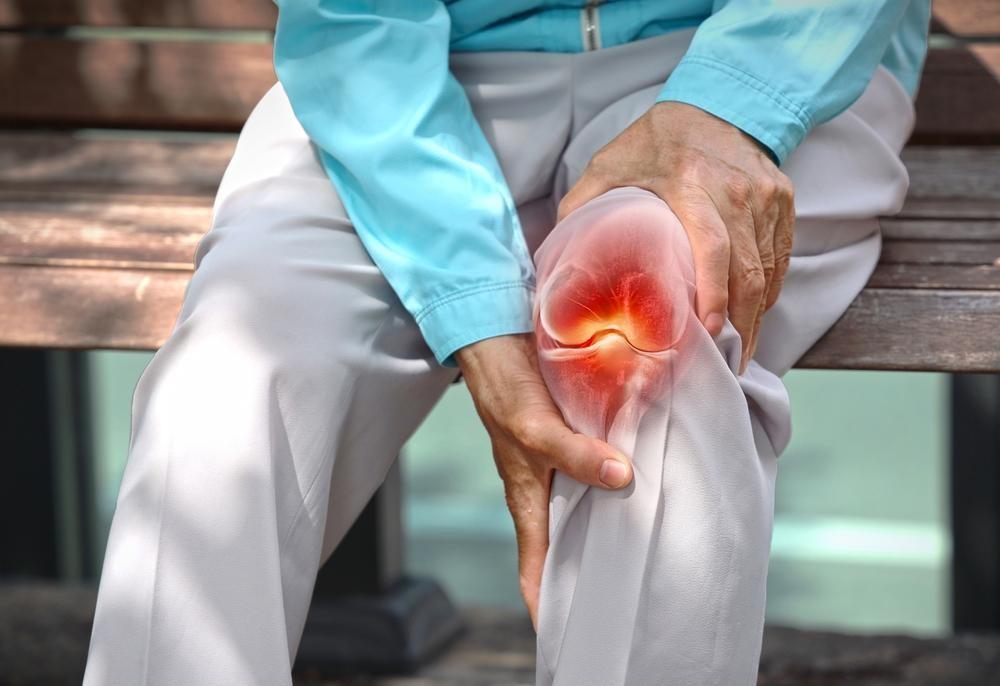Manhattan-based podiatrist Andrew Glass didn’t set out to create a new way to do bunion surgery, but when a constellation of factors aligned, he grabbed the opportunities for innovation.
He now treats even severe bunions without breaking a single bone, something that is virtually unheard of in bunion surgery.





